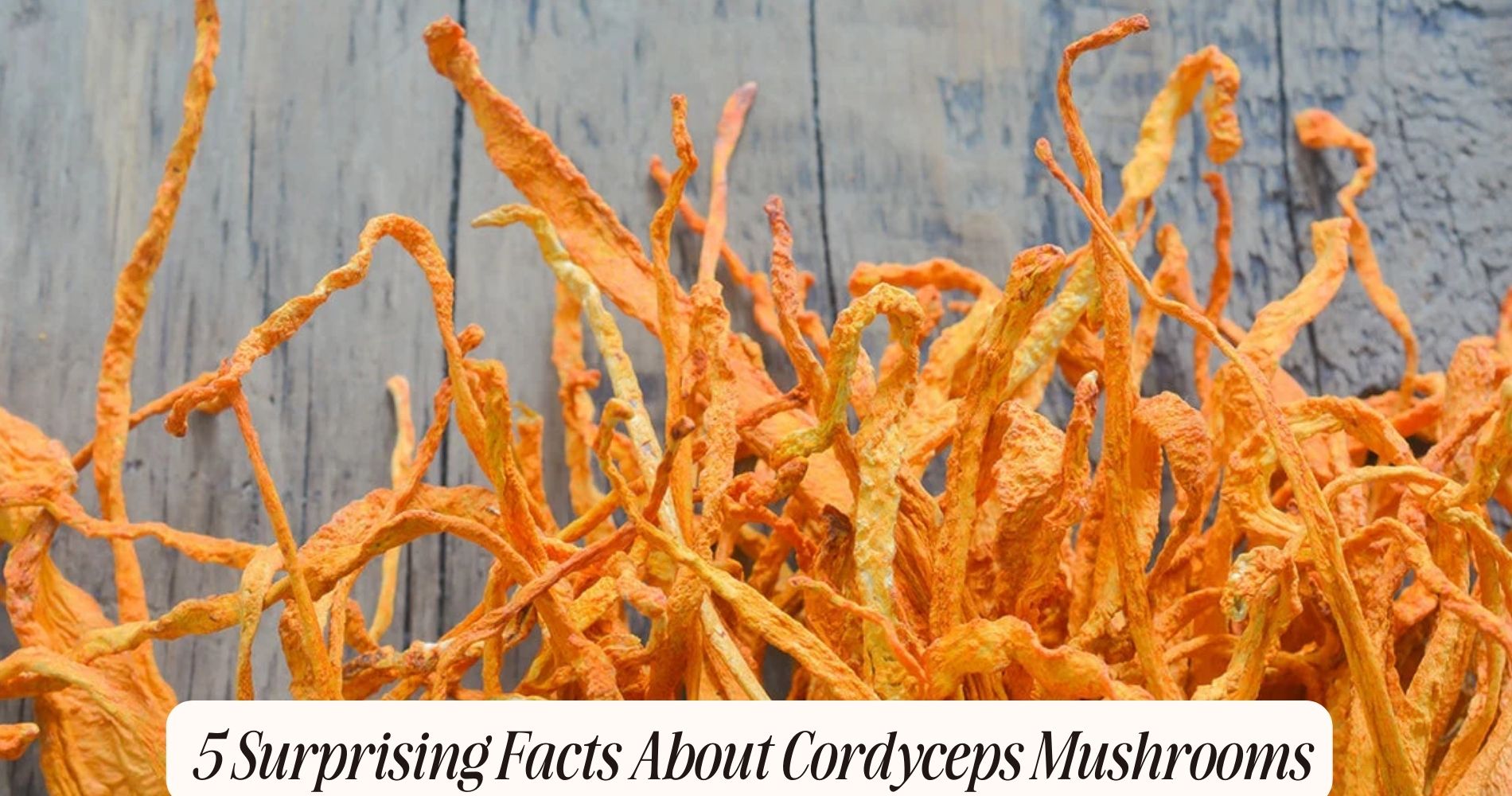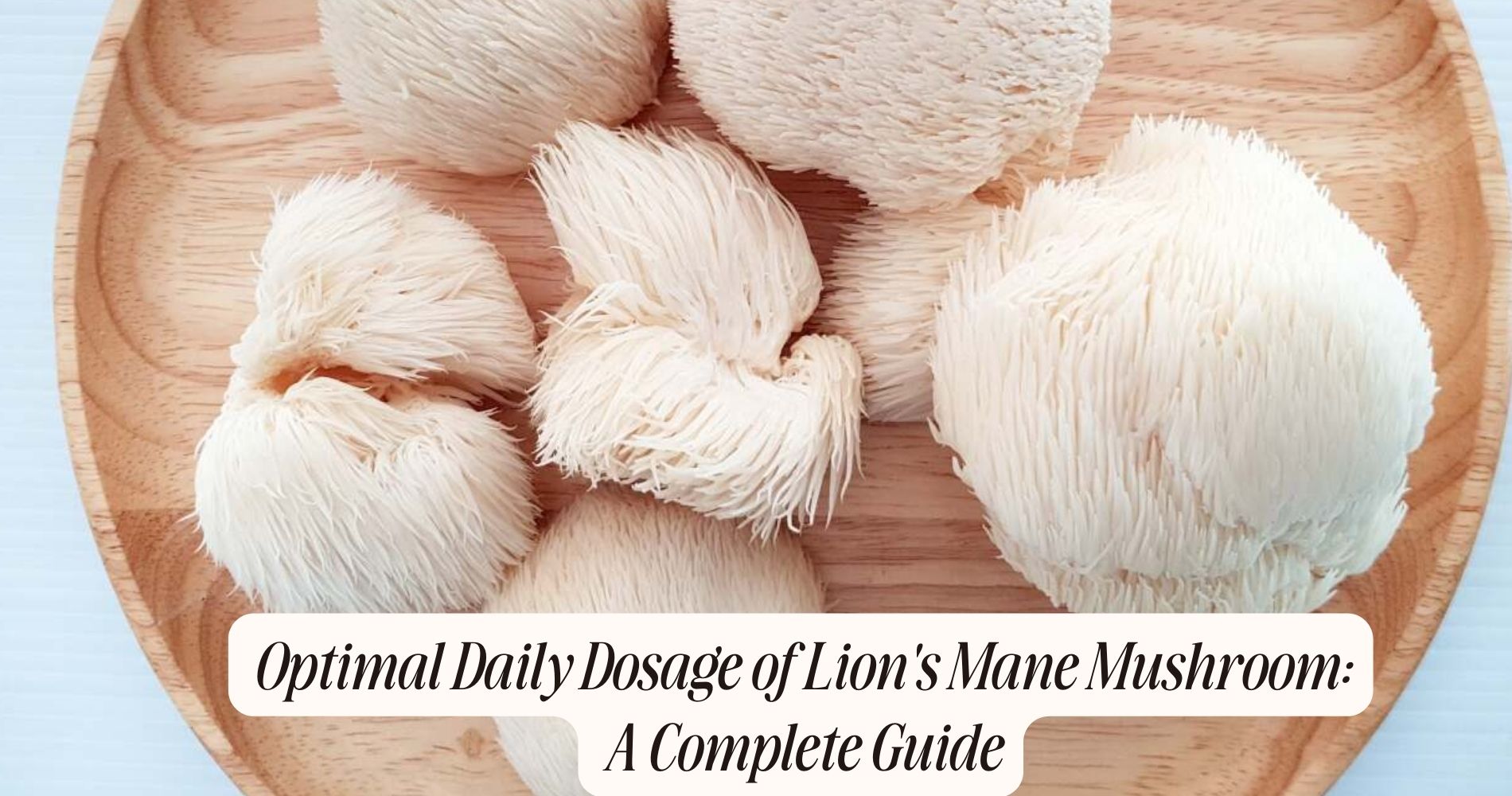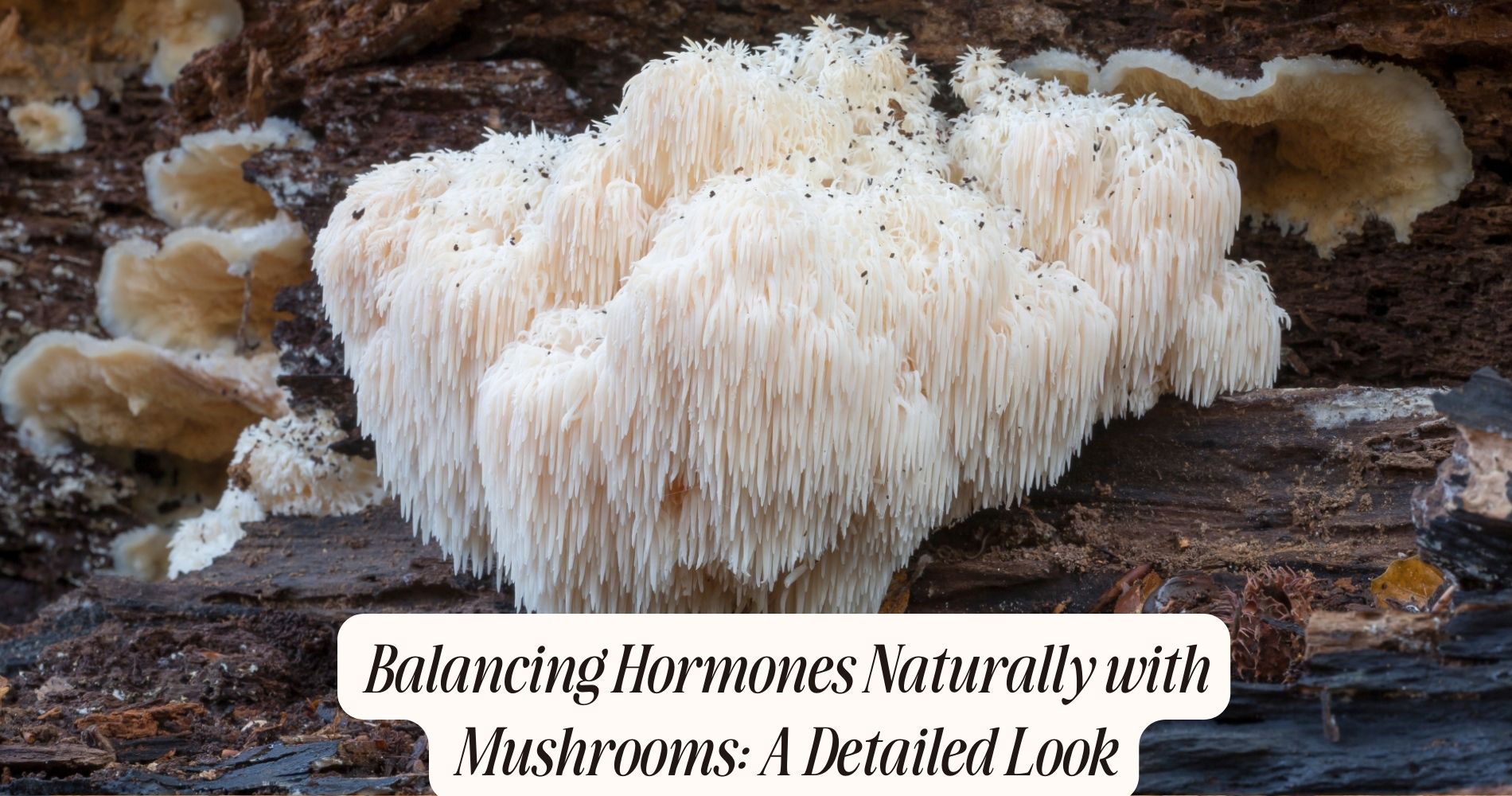
5 Surprising Facts About Cordyceps Mushrooms
Parasitic Nature
Cordyceps mushrooms exhibit a fascinating parasitic nature, infiltrating the bodies of insects and ultimately commandeering their host's biological functions for their own growth and reproduction. When a Cordyceps spore lands on an insect host, it germinates and penetrates the exoskeleton. The fungus then begins to spread mycelium throughout the host's body, secreting enzymes that break down tissues and absorb nutrients. This process is a remarkable example of evolutionary adaptation, enabling the fungus to exploit specific insect hosts for survival.
Research shows that Cordyceps species have evolved to target a variety of insects, such as ants, caterpillars, and beetles. Each species of Cordyceps has a distinct host range, demonstrating a high degree of host specificity. This specificity is driven by co-evolution, where both the fungus and the insect hosts have developed mechanisms to either exploit or resist each other. For instance, some insect hosts have developed behavioral defenses, like avoiding areas with high spore concentrations.

Scientific studies using molecular techniques have revealed the genetic underpinnings of this parasitic interaction. Genes involved in host detection, penetration, and immune evasion are highly conserved in Cordyceps, highlighting the sophisticated nature of this parasitic relationship.
Unique Lifecycle
In their unique lifecycle, these fungi undergo a complex series of developmental stages that are finely tuned to their parasitic nature. The Cordyceps mushrooms begin their journey as spores, which are released into the environment and come into contact with an insect host. This interaction marks the beginning of a fascinating and lethal transformation.
Once the spores attach to the exoskeleton of the insect host, they germinate and penetrate the host's body. The fungal mycelium invades and gradually consumes the host from the inside, effectively taking over its central nervous system. This process allows Cordyceps to manipulate the host's behavior, often causing it to move to an ideal location for spore dispersal before it ultimately succumbs to the infection.
After the host dies, the fungus continues to grow, eventually producing a fruiting body that emerges from the insect's remains. This structure is important for the lifecycle, as it facilitates the release of new spores into the environment, thereby continuing the cycle.
The precision and efficiency of Cordyceps' lifecycle demonstrate an extraordinary adaptation to its ecological niche, showcasing a remarkable case of parasitism in the natural world.
Medicinal Uses
Numerous studies have highlighted the potential medicinal benefits of Cordyceps mushrooms, particularly in enhancing energy levels and boosting immune function. Research indicates that Cordyceps contain bioactive compounds like polysaccharides and cordycepin, which play critical roles in immune support. These compounds stimulate the activity of natural killer cells, enhancing your body's ability to fend off infections and diseases.
Cordyceps also exhibit significant anti-inflammatory properties. By inhibiting pro-inflammatory cytokines, these mushrooms help reduce inflammation at the cellular level. This mechanism is particularly beneficial for managing chronic inflammatory conditions such as arthritis and asthma.

Additionally, studies have shown that Cordyceps can decrease oxidative stress by increasing antioxidant enzyme activity, helping to protect your cells from damage.
In traditional Chinese medicine, Cordyceps have been used to treat respiratory disorders and kidney diseases. Modern clinical trials support these uses, showing improvements in lung function and renal health markers.
Additionally, Cordyceps are noted for their adaptogenic properties, helping your body resist various stressors and enhancing overall well-being.
Athletic Performance
Athletes often experience notable improvements in stamina and endurance when incorporating Cordyceps mushrooms into their regimen. This is thanks to the fungi's ability to enhance oxygen utilization and ATP production. This bioactive capability directly translates to endurance enhancement, allowing you to sustain physical exertion for longer periods.
Research shows that Cordyceps increases the body's production of adenosine triphosphate (ATP), the primary energy carrier in cells, thereby boosting energy levels during intense activities.
For instance, a study published in the Journal of Alternative and Complementary Medicine found that subjects taking Cordyceps showed a significant increase in VO2 max, an indicator of aerobic capacity. This means your body becomes more efficient at utilizing oxygen, which is vital for prolonged physical performance.
Additionally, Cordyceps has been shown to reduce fatigue by decreasing the accumulation of lactic acid in muscles, a common cause of muscle exhaustion during strenuous exercise.
Incorporating Cordyceps into your diet could, therefore, be a strategic move for fatigue reduction, particularly during high-endurance activities. Whether you're a professional athlete or a fitness enthusiast, these mushrooms offer a natural edge in improving both your stamina and overall performance levels.
Environmental Impact
While Cordyceps mushrooms offer significant benefits for athletic performance, it's also important to understand their environmental impact, particularly their role in sustainable cultivation practices and ecological balance.
The wild harvesting of Cordyceps, traditionally found in high-altitude regions like the Himalayas, can lead to overexploitation, threatening local biodiversity. Sustainable cultivation practices are essential for biodiversity conservation, ensuring that these fungi don't deplete their natural habitats.
In addition, Cordyceps play an important role in the fungal ecosystem by parasitizing insects and other arthropods, thereby regulating their populations and contributing to ecological balance. This parasitic relationship helps control pest populations, which can otherwise harm crops and disrupt local ecosystems. By maintaining the population of these insects in check, Cordyceps indirectly support various plant species, contributing to overall biodiversity.

However, commercial farming of Cordyceps can mitigate environmental pressures associated with wild harvesting. Controlled environments reduce the risk of overharvesting, allowing natural populations to recuperate. Advanced cultivation techniques, such as using rice substrate, reduce the reliance on wild spores, promoting a more sustainable approach.
Discover Well Gummies
As you delve into the fascinating world of cordyceps mushrooms, consider enhancing your daily wellness routine with Well Gummies' 10-IN-1 MUSHROOM GUMMIES. This easy-to-use, gum chew product incorporates cordyceps and nine other functional mushrooms, making it a powerhouse of health benefits. These vegan gummies are designed to fuel your brain, energize your body, and support your immune system for overall health and mental clarity. Plus, they come in a delicious wild berry flavor, offering the taste of your favorite candy without any jitters or crashes. Embrace a balanced body and a clear mind with every tasty bite.
Frequently Asked Questions
Are Cordyceps Mushrooms Safe for Pets?
You should consult veterinary advice before giving cordyceps mushrooms to pets. Veterinarians can provide accurate dosage guidelines, ensuring safety. Scientific studies on pets are limited, so professional guidance is essential for evidence-based, safe administration.
How Do Cordyceps Taste When Used in Cooking?
Cordyceps mushrooms have earthy, nutty flavor profiles. When used in cooking, they complement savory dishes well. Various cooking techniques—like sautéing or simmering—enhance their unique taste, providing a rich, umami experience in culinary applications.
Can Cordyceps Be Grown at Home?
Yes, you can cultivate cordyceps at home using indoor cultivation techniques. Best growing mediums include rice or insect larvae. Maintain controlled temperature, humidity, and light conditions to mimic their natural habitat for successful growth.
What Are the Cultural Significances of Cordyceps in Different Societies?
You're curious about the cultural significances of cordyceps in different societies. They play an essential role in traditional medicine and spiritual rituals, often revered for their supposed health benefits and symbolic meanings in various cultural contexts.
Do Cordyceps Have Any Culinary Applications?
In culinary recipes, cordyceps are often integrated for their cooking benefits, including enhancing flavor and adding nutritional value. Scientific studies suggest they boost immune function and increase energy levels, making them a valuable ingredient.
Conclusion
You've just explored five fascinating facts about cordyceps mushrooms. Their parasitic nature and unique lifecycle highlight their biological complexity.
Medicinal uses, backed by traditional and modern research, showcase their therapeutic potential.
For athletes, cordyceps can enhance performance through improved oxygen utilization.
Lastly, their role in the environment underscores their ecological significance.
Understanding these aspects helps you appreciate the scientific marvel that's cordyceps, bridging the gap between nature's intricacies and human benefit.




